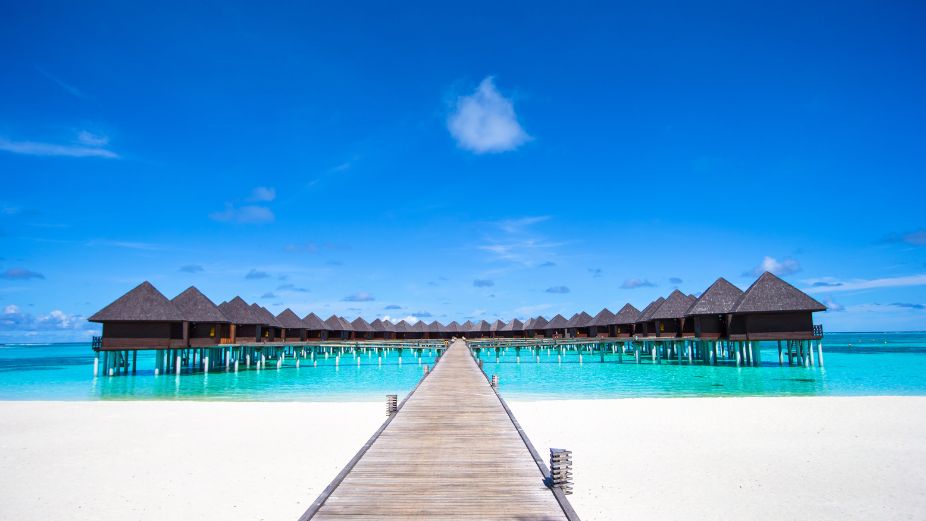
Tourist arrivals are up. By the first week of July, over 1.15 million visitors had already landed in the Maldives, marking a 9.3 percent increase over the same period last year. June alone saw more than 141,000 arrivals, a 15 percent rise. On paper, it’s a good year so far.
But beneath the numbers, something more troubling is unfolding. Tourists are staying for shorter periods. Resort occupancy is softening. Guesthouses are rapidly gaining market share, now accounting for more than 22 percent of all stays, while the resort model, long the foundation of Maldivian tourism, is slowly being edged out.
For a country that built its global image on exclusivity, tranquillity and one-island-one-resort charm, the shift raises hard questions. Because the Maldives never set out to be a mass-market destination. It succeeded by being rare, by offering something few places could.
The World Economic Forum’s latest report, Travel and Tourism at a Turning Point, could not be more timely. It warns that the coming decade will bring massive growth, with 30 billion global tourist trips and USD 16 trillion in GDP contribution by 2034. But that growth, it cautions, will bring tension between visitors and residents, development and nature, culture and commercialism.
Nowhere are these tensions more relevant than in a nation of small islands and fragile ecosystems. The Maldives is not built for volume. Its carrying capacity is not a matter of spreadsheets and economic models. It is physical, ecological, and cultural.
The WEF lays out ten guiding principles. Among them, one stands out: embrace growth segments strategically. Don’t chase every tourist. Focus on those who align with your identity. For the Maldives, that means ecotourism, wellness, and longer, slower, more immersive travel. These are segments growing globally, and they match the country’s DNA.
Another key principle is to commit to regenerative practices. Not just reducing harm, but actively restoring ecosystems. For a country whose natural beauty is its most valuable asset, this is not just good policy, it’s survival.
But the current trajectory risks drifting from these ideals. More guesthouses, more budget airlines, more weekend trips. The Maldives is getting busier, but not necessarily better. Growth is becoming an end in itself, rather than a tool to preserve and enrich what makes this place matter.
Tourism has long been the country’s economic lifeline. But if it comes at the cost of its identity, then it threatens to unravel the very success story it built. Because not all growth is good growth.
The world is full of destinations. But the Maldives became iconic by being irreplaceable. That irreplaceability is now at risk, not because the numbers are falling, but because the model is.
The future of Maldivian tourism doesn’t lie in expansion. It lies in distinction. That means turning away from the logic of crowd economies and instead investing in experiences that are authentic, grounded, and deeply connected to place.
Being the Maldives was always more than enough. The real danger is forgetting why.









